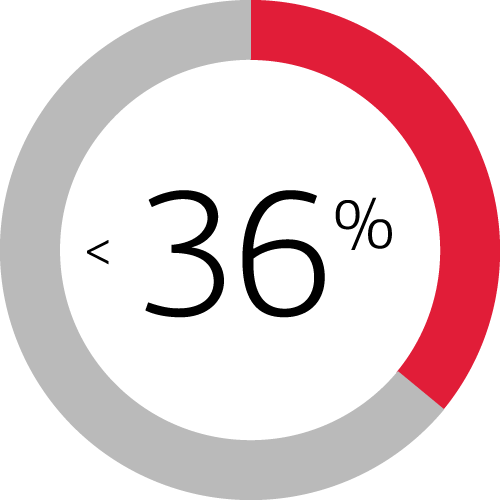
Before you fall in love with a home, and even before you start looking at homes, take the time to figure out the right monthly payment for your budget. Even if you’ve been prequalified for a mortgage loan amount, check to make sure what mortgage payment will fit within your lifestyle without putting important financial plans on hold.
Setting your budget
1 Know your income and expenses
Add up your monthly expenses and deduct that amount from your net monthly income.
2 Set your priorities
If you need more room in your budget to save, it’s helpful to separate your expenses into “need to have” and “nice to have” categories.
3 Track your spending
Keep track of where your money goes each month and balance your budget.
What mortgage payment can you afford?
After you’ve done some basic bookkeeping, you can begin to determine a potential monthly mortgage payment that makes sense for you and your family. In addition to what your budget can afford, an important rule to keep in mind is the debt-to-income ratio, or the “back-end ratio.”
To make sure your total debt isn’t more than your income can support, lenders consider all your debt payments for things like your home, car, credit cards and any other loans. If paying a mortgage would mean your total monthly spending on paying down debt is higher than 36 percent of your income, you may have trouble getting approved for the loan. Some lenders may allow a higher debt-to-income ratio based on compensating factors like additional cash reserves.

Plan for total debt payments less than 36% of your gross monthly income.
What makes up a monthly mortgage payment?
There are other monthly costs beyond just principal and interest. In addition to paying for the mortgage itself, you’ll also have to cover taxes and insurance, which may include private mortgage insurance (PMI). These four parts of a mortgage payment are often abbreviated as P.I.T.I.

How to get more house for your money
There are a couple of ways to reduce parts of your mortgage payment and get more house for your money.
PMI is generally required when your down payment is less than 20 percent of the home value. You can avoid a PMI—and reduce your mortgage payment—by saving more for a down payment before signing on the dotted line.
Another factor in your payment is your credit score. Higher scores can often mean lower interest rates—improving your credit score before you get a mortgage can significantly reduce the amount you pay over time.
Figure out your budget and how much home you can afford with Blok Homeloan’s affordability calculator

